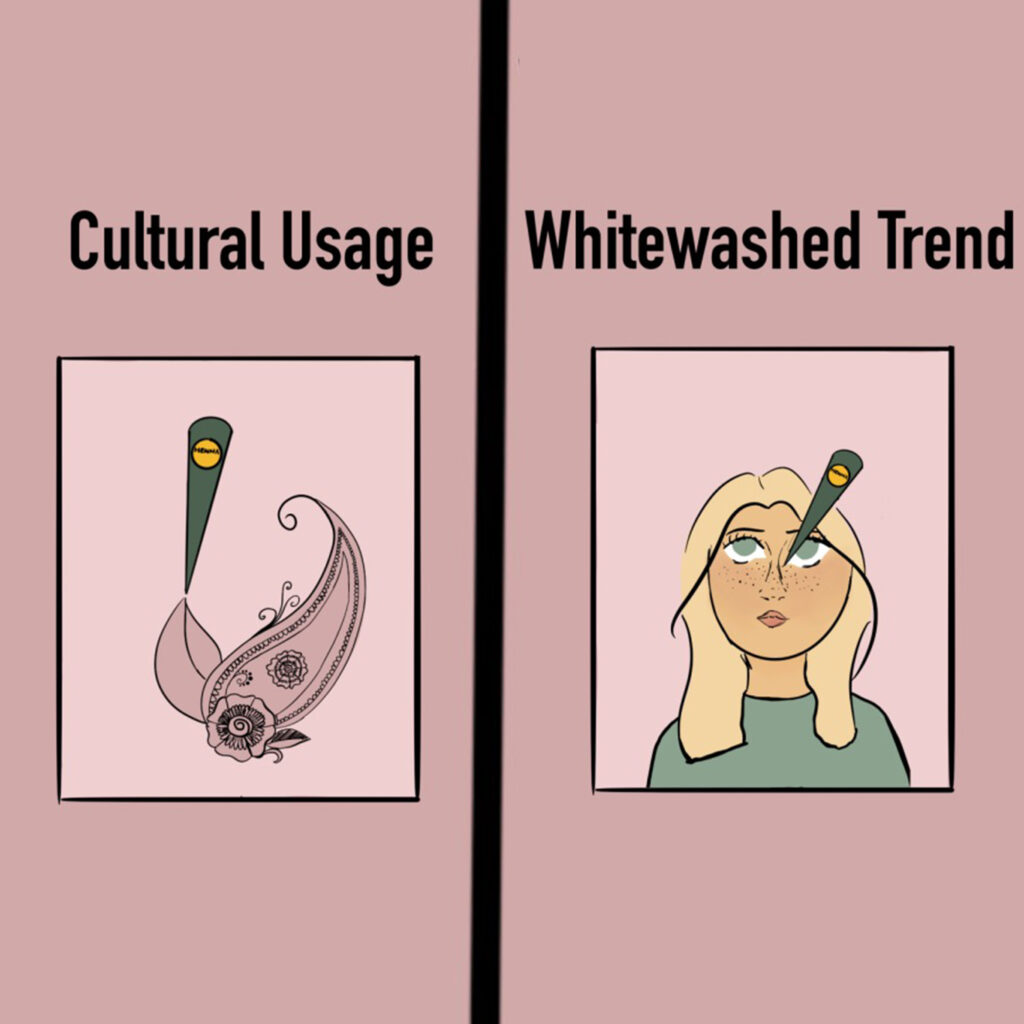This story is syndicated from The Eagle Eye, the newspaper of Marjory Stoneman Douglas High School in Parkland, Florida. The original version of the story ran here.
Each day, new trends on TikTok surface where millions of users participate. Lately, there are an immense number of people who have jumped on trends that may not seem offensive or whitewashed on the outside; however, for minorities, it feels completely different.
Recently, a trend has arisen where people participate in hair oiling where users apply different oils such as coconut, olive, castor and rosemary oils to their scalp before washing. Minorities have been partaking in practices like hair oiling for thousands of years.
For example, Ayurvedic practices about hair oiling have been traced back to over 5,000 years ago in Indian culture. Similarly, Latin American, Middle Eastern, East Asian and African culture have also been using hair oils for thousands of years.
Despite the origins of this trend, you mainly see white women getting the most likes and shares for oiling their hair, rather than a person of color sharing their methods with oiling. The popularization of oiling causes these ethnicities to feel misrepresented because of the millions of TikToks constantly created by white women informing people about hair oiling as if they created it.
Minorities also feel invalidated from this trend, as many faced bullying in their childhood because they had oil in their hair. By simply searching “bullied for oiling my hair,” hundreds of videos pop up of South Asians speaking out about how they were bullied by predominantly white girls for having oils on their scalps, yet they do not get any credit for it.
The misrepresentation does not stop there. The trend of using henna also caused a plethora of minority users to feel invalidated because this practice which is closely tied to their cultures was being used as a TikTok trend. Henna is a paste created by the leaves of a henna plant mixed with water. When applied to the skin or hair, the henna creates a stain for a short period of time.

India, Pakistan, Africa and the Middle East have cultural ties to henna. In these cultures, henna is often used during large celebrations, such as weddings. The bride’s hands and legs are temporarily tattooed by the paste with the use of intricate patterns and designs. Throughout history and even today, these minorities often use henna to also dye their hair.
On TikTok, the uses of henna were far from their cultural uses. Predominantly white users used henna to create faux freckles and commercialized this new use. Minorities felt as though they were incorrectly represented due to the cultural ties they have with henna. Some even went as far as calling it cultural appropriation because in some ways the trend felt as if the white creators were mocking South Asian, Middle Eastern and African cultures.
Another example of white creators masking minority styles as their own was with the “Clean Girl Aesthetic.” In this aesthetic, women are seen wearing slick back hairstyles, gold jewelry and minimal makeup. Many elements of the look trace back to Black and brown women’s styles from the 90s. Although the look may be inspired by them, there is little to no credit given.
This frustration of taking inspiration without credit continues to grow as cultural practices turn into trends. This will only continue unless credit is given where it is necessary. Partaking in practices by minorities will only feel accepted when the importance of proper respect and credit is given to these groups of people.



